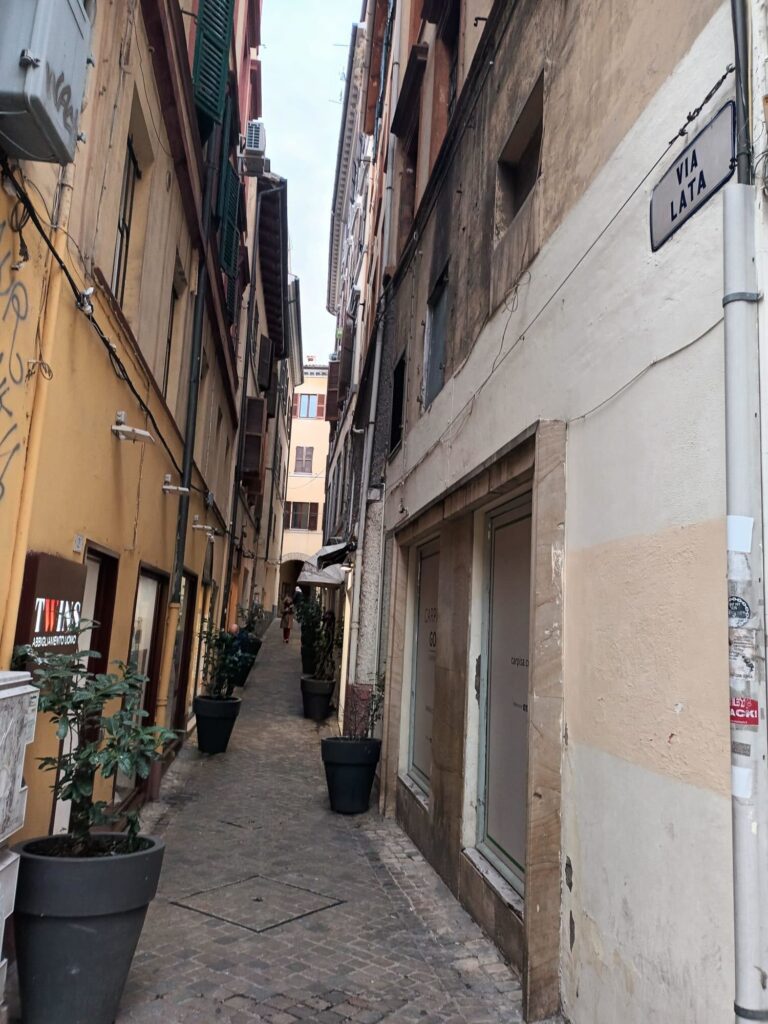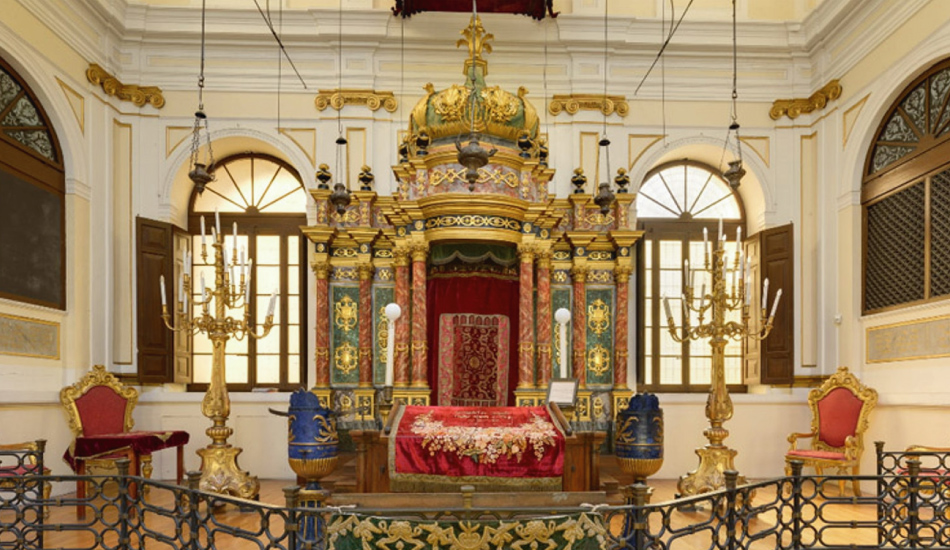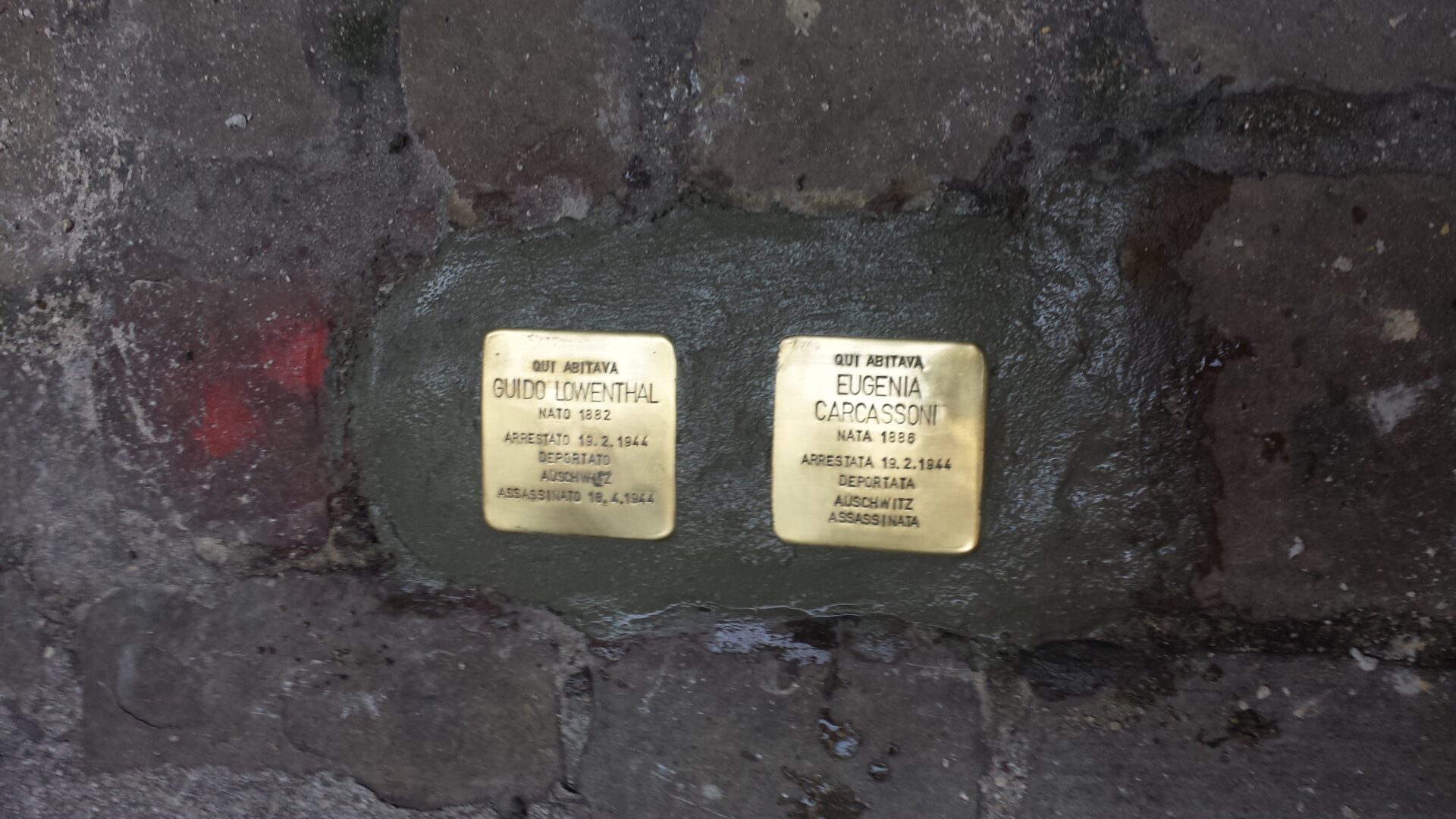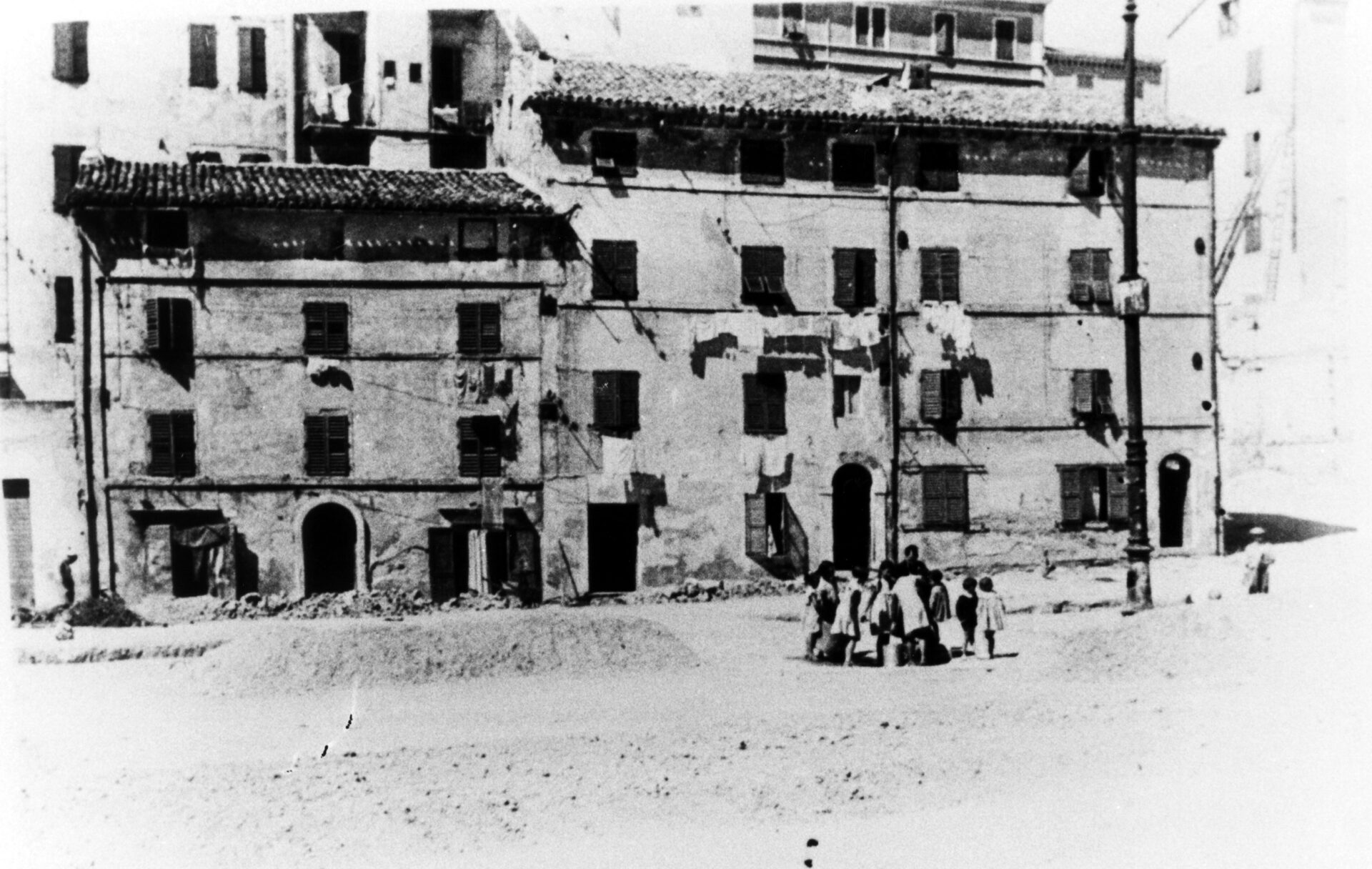Jewish Ancona: history of a community
The experience that leads us to the discovery of Jewish Ancona
Jews were probably already present in Ancona when the city was a rich Greek/Piceno emporium and evidence of the existence of a Jewish community can be found in various places in the ancient city.
To follow in their footsteps, it is advisable to start from the place where the main gate of the Ghetto was located at the mouth of via Lata in the current Corso Mazzini. The Ghetto, established in 1555 by the will of Pope Paul IV, consisted of narrow streets that climbed towards the Astagno hill. The space was so limited that, whenever the Jewish population increased, the houses had to be raised because it was not possible to live outside the fence.

Walk along via Lata, which was the main road and compare the height of the upper buildings with those of the same period present in other parts of the city. Cross the current Corso Garibaldi, for the construction of which part of the Ghetto was demolished in 1861/66, and continue towards Corso Stamira. On the right corner you will find Palazzo Ajò, the most beautiful of the entire Ghetto, built by a family of wealthy merchants. Inside there is a splendid staircase and a hall embellished with frescoes depicting scenes from the Bible.
Also cross Corso Stamira, also obtained with the demolition of the poor houses of the Ghetto in the period 1931/38. This “renovation” made an illustrious victim: the Renaissance synagogue of the Italian Rite.
After having trampled the roadway right where the ancient Temple was, go up the steep slope of via Astagno and on the left you will find the building that houses the new synagogues: that of the Italian rite and that of the Levantine rite.

Inaugurated on 14 September 1876, it contains furnishings and sacred texts dating back to the 16th and 18th centuries. The aron-ha-kodesh (cabinet that contains the scrolls of the law) and the tevà (pulpit) come from the ancient demolished synagogues.
Let us now retrace our steps not before having paused to think of the tragedy of the Holocaust in front of the “Stumbling Stones” that the German artist Gunter Demnig placed in the places that the victims frequented. You will find 8 between via Astagno and corso Garibaldi while another 15 are scattered in various places in the city.

Once in piazza Roma, go up via Carducci and turn right onto Corso Matteotti. After 200 metres, you will find some steps on the left which will take you to piazza Malatesta. This clearing, which was located outside the city walls until 1861, was formerly called “Campo della Mostra” and witnessed one of the most terrible “autodafè” (act of faith) that took place in Italy. Here in 1556 twenty-four Marranos (Jews of Portuguese origin forced to convert) including a woman, who had refused to renounce their faith after being hanged, were burned in the public square in execution of a sentence by the Inquisition.

Now let’s go out on the opposite side of the square and take the slope that appears in front of us. After a hundred meters we find ourselves at the entrance to the Cardeto Park. The side of the hill that we find on our left is entirely occupied by the old Jewish cemetery commonly called “Campo degli Ebrei” by the inhabitants of Ancona. Established in 1428, it remained in operation until 1863 when the new city cemetery was built, a part of which was reserved for the burial of the Israelites. This ancient burial site, one of the largest in Italy, has more than a thousand tombstones dating from the 14th to the 19th century and is a bit of a synthesis of the Jewish presence in Ancona. The position, characterized by the immediate proximity of the cliff that plunges into the sea, makes it an admirable place to stop and meditate while admiring the Adriatic.



